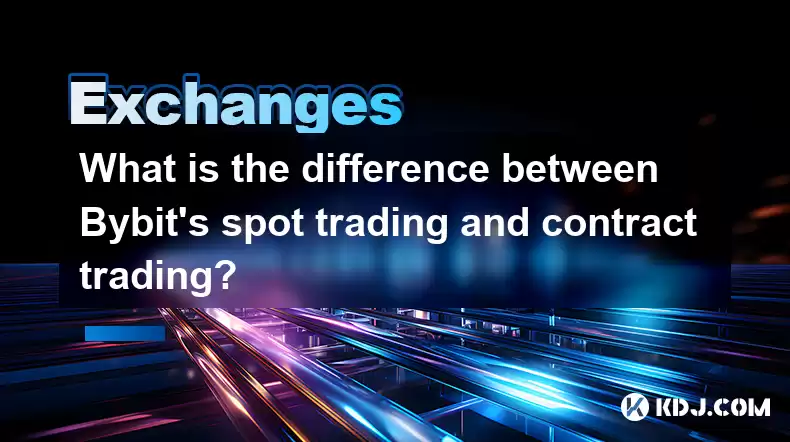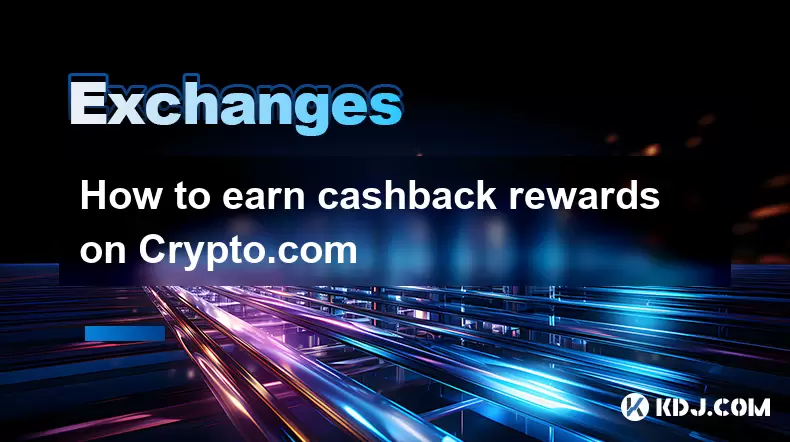-
 Bitcoin
Bitcoin $119900
0.94% -
 Ethereum
Ethereum $4633
9.35% -
 XRP
XRP $3.254
3.60% -
 Tether USDt
Tether USDt $0.9998
-0.04% -
 BNB
BNB $837.0
3.48% -
 Solana
Solana $194.3
10.87% -
 USDC
USDC $0.9998
-0.02% -
 Dogecoin
Dogecoin $0.2370
5.91% -
 TRON
TRON $0.3528
1.79% -
 Cardano
Cardano $0.8460
9.05% -
 Chainlink
Chainlink $23.61
12.06% -
 Hyperliquid
Hyperliquid $44.91
3.99% -
 Stellar
Stellar $0.4475
2.93% -
 Sui
Sui $3.899
5.78% -
 Bitcoin Cash
Bitcoin Cash $620.7
6.74% -
 Hedera
Hedera $0.2602
4.59% -
 Ethena USDe
Ethena USDe $1.000
-0.03% -
 Avalanche
Avalanche $24.84
8.52% -
 Litecoin
Litecoin $131.0
9.17% -
 Toncoin
Toncoin $3.509
3.47% -
 UNUS SED LEO
UNUS SED LEO $9.170
2.15% -
 Shiba Inu
Shiba Inu $0.00001360
4.82% -
 Uniswap
Uniswap $11.66
5.28% -
 Polkadot
Polkadot $4.180
7.93% -
 Ethena
Ethena $0.8242
2.31% -
 Dai
Dai $0.9998
-0.04% -
 Cronos
Cronos $0.1630
-3.04% -
 Pepe
Pepe $0.00001224
9.07% -
 Bitget Token
Bitget Token $4.464
1.16% -
 Aave
Aave $321.9
9.17%
What is the difference between Bybit's spot trading and contract trading?
Bybit offers spot trading for direct crypto ownership and contract trading for leveraged speculation, each with distinct risks and strategies.
Mar 28, 2025 at 10:35 am

Understanding Bybit's Spot and Contract Trading
Bybit offers two primary trading methods: spot trading and contract trading (perpetual contracts). These differ significantly in their mechanics, risks, and potential rewards. Understanding these differences is crucial for choosing the right trading strategy.
Spot trading involves buying and selling cryptocurrencies at the current market price for immediate delivery. You own the cryptocurrency directly. Think of it like buying stocks on a traditional stock exchange – you acquire the asset itself. The price you pay is the prevailing market price at the moment of the trade.
Contract trading, specifically perpetual contracts on Bybit, involves speculating on the future price of a cryptocurrency without actually owning the underlying asset. You're essentially betting on whether the price will go up or down. Profits and losses are calculated based on the price difference between when you open and close your position. This allows for leverage, magnifying both potential profits and losses.
One key distinction lies in ownership. In spot trading, you own the cryptocurrency. In contract trading, you don't. You're trading a derivative, a contract based on the cryptocurrency's price.
The risk profiles are also dramatically different. Spot trading carries the risk of price fluctuations, but your losses are limited to the amount you invested. Contract trading, however, due to the use of leverage, can lead to significant losses exceeding your initial investment. This is because leverage amplifies both gains and losses.
The time horizon also differs. Spot trading is typically suited for long-term investment strategies, holding onto assets for weeks, months, or even years. Contract trading is more suited for short-term and day trading strategies, capitalizing on short-term price movements.
Here's a step-by-step comparison:
Spot Trading:
- Buy cryptocurrency at the current market price.
- You directly own the cryptocurrency.
- Limited risk; losses are capped at your investment.
- Suitable for long-term investment strategies.
Contract Trading:
- Speculate on the future price of cryptocurrency.
- You do not own the cryptocurrency.
- High risk; losses can exceed your initial investment due to leverage.
- Suitable for short-term and day trading strategies.
The fees associated with each method also differ. Spot trading typically involves maker/taker fees, while contract trading involves funding fees and liquidation fees, in addition to maker/taker fees. These fees vary depending on your trading volume and Bybit's fee structure.
Furthermore, the liquidation mechanism differs significantly. In spot trading, there is no risk of liquidation. In contract trading, if your position moves against you and your margin falls below the maintenance margin, your position will be liquidated to cover your losses.
Understanding the differences between spot and contract trading is essential for managing risk effectively. Spot trading offers a simpler, lower-risk approach for those comfortable holding assets. Contract trading provides higher potential returns but significantly increases risk.
Understanding Leverage in Bybit's Contract Trading
Leverage in Bybit's contract trading allows traders to control a larger position than their actual capital allows. For example, 10x leverage means you can control a position worth ten times your initial investment. This amplifies potential profits, but equally amplifies potential losses.
Choosing the appropriate leverage level is crucial. High leverage increases the potential for significant gains, but also drastically increases the risk of liquidation. Lower leverage reduces risk but also limits potential profits. Risk management strategies, such as setting stop-loss orders, are critical when using leverage.
Bybit offers various leverage levels for different cryptocurrencies. It's essential to understand the risks associated with each level before using leverage. Always start with lower leverage and gradually increase it as you gain experience and confidence.
Understanding how margin works is also vital. Margin is the amount of capital you allocate to secure a leveraged position. Maintaining sufficient margin is critical to avoid liquidation. Bybit provides margin calculators to help traders determine the necessary margin for their desired position size and leverage.
The funding rate is another crucial aspect of perpetual contracts. This rate is paid or received depending on the difference between the perpetual contract price and the spot price of the underlying cryptocurrency. Understanding the funding rate is essential for managing your overall trading costs.
Remember, leverage is a double-edged sword. While it can enhance profits, it also significantly increases the risk of substantial losses. Careful risk management is paramount when trading with leverage.
Frequently Asked Questions
Q: What is the best way to learn about Bybit's spot and contract trading before actually trading?
A: Bybit provides comprehensive educational resources, including tutorials, articles, and FAQs on its website. They also offer a demo account where you can practice trading with virtual funds before risking real money. Additionally, engaging with the Bybit community and other educational platforms can offer valuable insights.
Q: Can I switch between spot and contract trading on Bybit easily?
A: Yes, Bybit's platform allows you to seamlessly switch between spot and contract trading. You'll need separate accounts for each, but the transition between them is straightforward.
Q: What are the risks associated with Bybit's contract trading?
A: The primary risk is the potential for significant losses due to leverage. Liquidation can occur if your margin falls below the maintenance margin. Price volatility also plays a major role, and unexpected market movements can lead to substantial losses.
Q: How do I manage risk effectively when trading contracts on Bybit?
A: Effective risk management involves using stop-loss orders to limit potential losses, employing appropriate leverage levels, diversifying your portfolio, and only investing what you can afford to lose. Thorough research and understanding of market dynamics are also crucial.
Q: What are the fees involved in Bybit's spot and contract trading?
A: Bybit's fee structure varies depending on your trading volume and the specific trading pair. Spot trading generally involves maker/taker fees, while contract trading includes maker/taker fees, funding fees, and potential liquidation fees. Detailed information on fees is available on Bybit's website.
Disclaimer:info@kdj.com
The information provided is not trading advice. kdj.com does not assume any responsibility for any investments made based on the information provided in this article. Cryptocurrencies are highly volatile and it is highly recommended that you invest with caution after thorough research!
If you believe that the content used on this website infringes your copyright, please contact us immediately (info@kdj.com) and we will delete it promptly.
- Unich's OTC Exchange: Surging with $1.2B Volume – What's the Hype?
- 2025-08-13 02:50:11
- MoonBull's Explosive Moves: Your Crypto Whitelist Ticket to Ride!
- 2025-08-13 02:30:11
- MAGACOIN Finance: Don't Miss the Presale Bonus!
- 2025-08-13 02:30:11
- Trump's Crypto Kingdom: $2.4 Billion and Counting
- 2025-08-13 02:50:11
- Solana, LSTs, and SEC Approval: A New Dawn for Crypto?
- 2025-08-13 02:55:12
- Bitcoin's Profit Surge: Unpacking the BTC Value Boom
- 2025-08-13 02:55:12
Related knowledge

How to use margin trading on Poloniex
Aug 08,2025 at 09:50am
Understanding Margin Trading on Poloniex

How to read the order book on KuCoin
Aug 10,2025 at 03:21pm
Understanding the Order Book Interface on KuCoinWhen accessing the order book on KuCoin, users are presented with a real-time display of buy and sell ...

How to read the order book on KuCoin
Aug 12,2025 at 02:28am
Understanding the Basics of Staking in CryptocurrencyStaking is a fundamental concept in the world of blockchain and cryptocurrencies, particularly wi...

How to set price alerts on Kraken
Aug 11,2025 at 08:49pm
Understanding Price Alerts on KrakenPrice alerts on Kraken are tools that allow traders to monitor specific cryptocurrency pairs for price movements. ...

How to earn cashback rewards on Crypto.com
Aug 12,2025 at 02:08am
Understanding Cashback Rewards on Crypto.comCashback rewards on Crypto.com are a feature designed to incentivize users to spend using their Crypto.com...

How to use advanced trading on Gemini
Aug 08,2025 at 04:07am
Understanding Advanced Trading on GeminiAdvanced trading on Gemini refers to a suite of tools and order types designed for experienced traders who wan...

How to use margin trading on Poloniex
Aug 08,2025 at 09:50am
Understanding Margin Trading on Poloniex

How to read the order book on KuCoin
Aug 10,2025 at 03:21pm
Understanding the Order Book Interface on KuCoinWhen accessing the order book on KuCoin, users are presented with a real-time display of buy and sell ...

How to read the order book on KuCoin
Aug 12,2025 at 02:28am
Understanding the Basics of Staking in CryptocurrencyStaking is a fundamental concept in the world of blockchain and cryptocurrencies, particularly wi...

How to set price alerts on Kraken
Aug 11,2025 at 08:49pm
Understanding Price Alerts on KrakenPrice alerts on Kraken are tools that allow traders to monitor specific cryptocurrency pairs for price movements. ...

How to earn cashback rewards on Crypto.com
Aug 12,2025 at 02:08am
Understanding Cashback Rewards on Crypto.comCashback rewards on Crypto.com are a feature designed to incentivize users to spend using their Crypto.com...

How to use advanced trading on Gemini
Aug 08,2025 at 04:07am
Understanding Advanced Trading on GeminiAdvanced trading on Gemini refers to a suite of tools and order types designed for experienced traders who wan...
See all articles

























































































